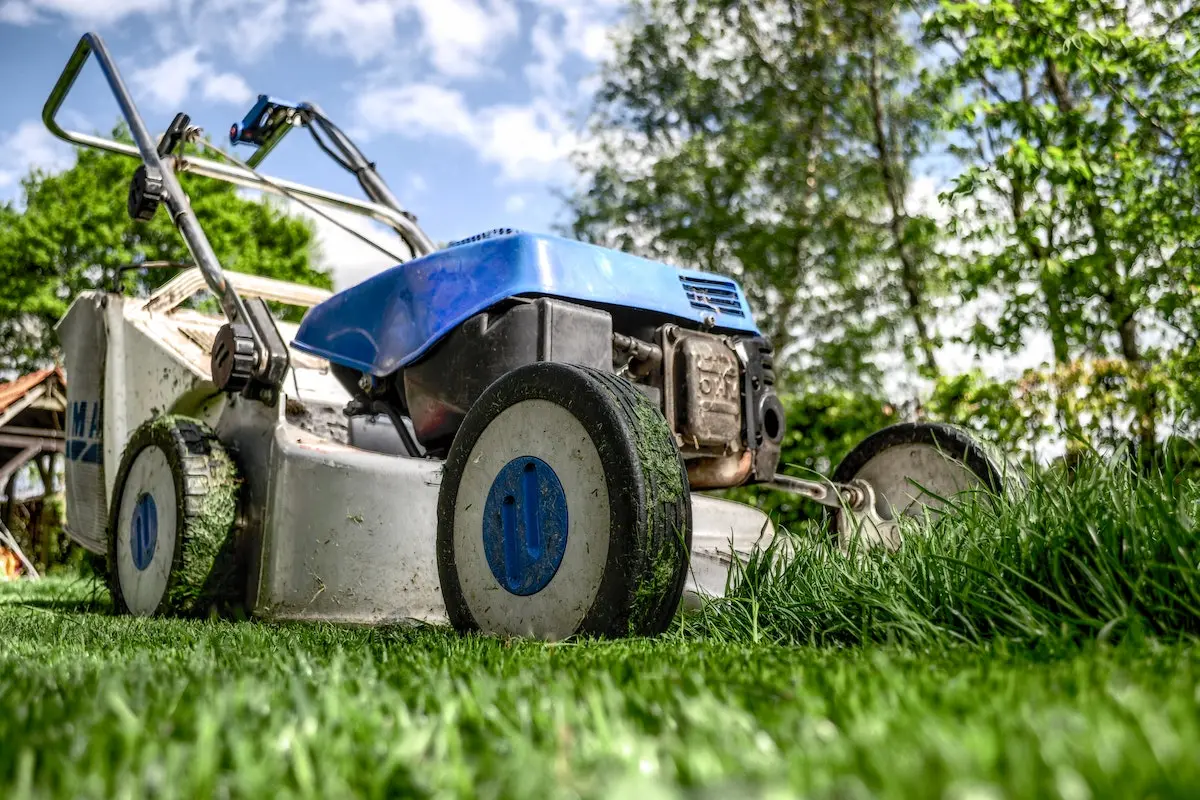As summer activities wind down and winter months draws near, now is the perfect time to start preparing your equipment for proper winter storage. Harsh winter conditions can cause significant damage to your equipment, vehicles, heavy machinery, and even your home if not adequately protected.
According to the latest reports from the Successful Farming Journal, farmers face substantial expenses every spring on mechanical maintenance to fix damaged equipment caused by winter exposure. This highlights the importance of implementing effective storage strategies to protect your gear during the colder months and reduce costly repairs.
Here are proven tips and best practices to help you store your equipment safely and efficiently throughout winter:
1. Storage of Gas-Powered Equipment
Gas-powered tools like chainsaws and lawnmowers require special care before winter storage to prevent corrosion and mechanical issues. Improper storage during winter can cause engine parts to rust, degrade ignition systems, and gum up carburetors due to leftover gasoline.
Follow these steps for best results:
- Seal the Fuel Cap Properly: Since gas engines emit fumes even when off, cover vented fuel caps securely with aluminum foil to prevent gasoline evaporation.
- Drain or Stabilize Gasoline: Empty the fuel tank before storing; otherwise, add a fuel stabilizer recommended by the manufacturer to prevent varnish buildup inside the engine.
- Remove Batteries and Spark Plugs: If detachable, take out batteries and store them indoors to avoid battery freeze and potential damage.
2. Protect Your Equipment Against the Elements
Since most equipment is unused during winter, protect it from snow, moisture, and harsh winds by storing it in an insulated, dry indoor space when possible. If indoor storage is limited, place your equipment in a sheltered location away from direct sunlight and prevailing winds.
Utilize waterproof covers such as canvas or tarps breathable tarps to shield equipment from moisture and prevent snow accumulation. These barriers are essential for reducing exposure to dampness, which can accelerate rust and corrosion.
3. Storage of Cordless Power Equipment
Proper storage of cordless power tools is critical as freezing temperatures dramatically accelerate battery discharge and degrade battery life. Most manufacturers advise keeping chargers and batteries in warm environments to maintain optimal functionality during winter.
4. Storage of Hand-Held Equipment
While hand tools generally withstand cold temperatures, freezing weather can make metals brittle and prone to breaking. Store hand equipment indoors, clean thoroughly, and apply a light oil or rust inhibitor to metal components. Using a dehumidifier in storage areas will help control moisture and prevent rust formation.
5. Storage of Garden Equipment
Before storing garden tools for winter, clean and dry them meticulously. Remove any rust with steel wool or a wire brush and apply a thin layer of oil like WD-40 to metal parts. Wooden handles need attention as well; sand smooth any rough areas and apply linseed oil to prevent cracking and splintering.
Hang shovels and digging tools off the ground to minimize moisture contact. Clean garden sprayers, hoses, and remove grass clippings from lawnmower decks to avoid mold and rust buildup.
Infographic provided by large steel buildings Kansas Company, K-Construction
Final Words
Proper winter storage safeguards your equipment against harsh environmental factors, extends its lifespan, and reduces costly repairs. Implementing these five expert tips will help ensure your tools, machinery, and garden gear stay in excellent condition throughout the off-season.
For more detailed information on Transform Your Outdoor Space: A Step-by-Step Guide to the Ultimate Garden Makeover, check out related Time to Replace Water resources in our gardening category.
In addition to these storage tips, consider scheduling regular maintenance checks before and after winter to catch potential issues early. Using protective coatings and lubricants tailored to specific equipment types enhances resilience against rust and wear. Upgrading to weather-resistant storage options like insulated sheds or climate-controlled garages can also provide long-term value, especially for valuable machinery. Staying proactive with your winter preparation not only boosts equipment durability but ensures you’re ready for seamless operation come spring.



